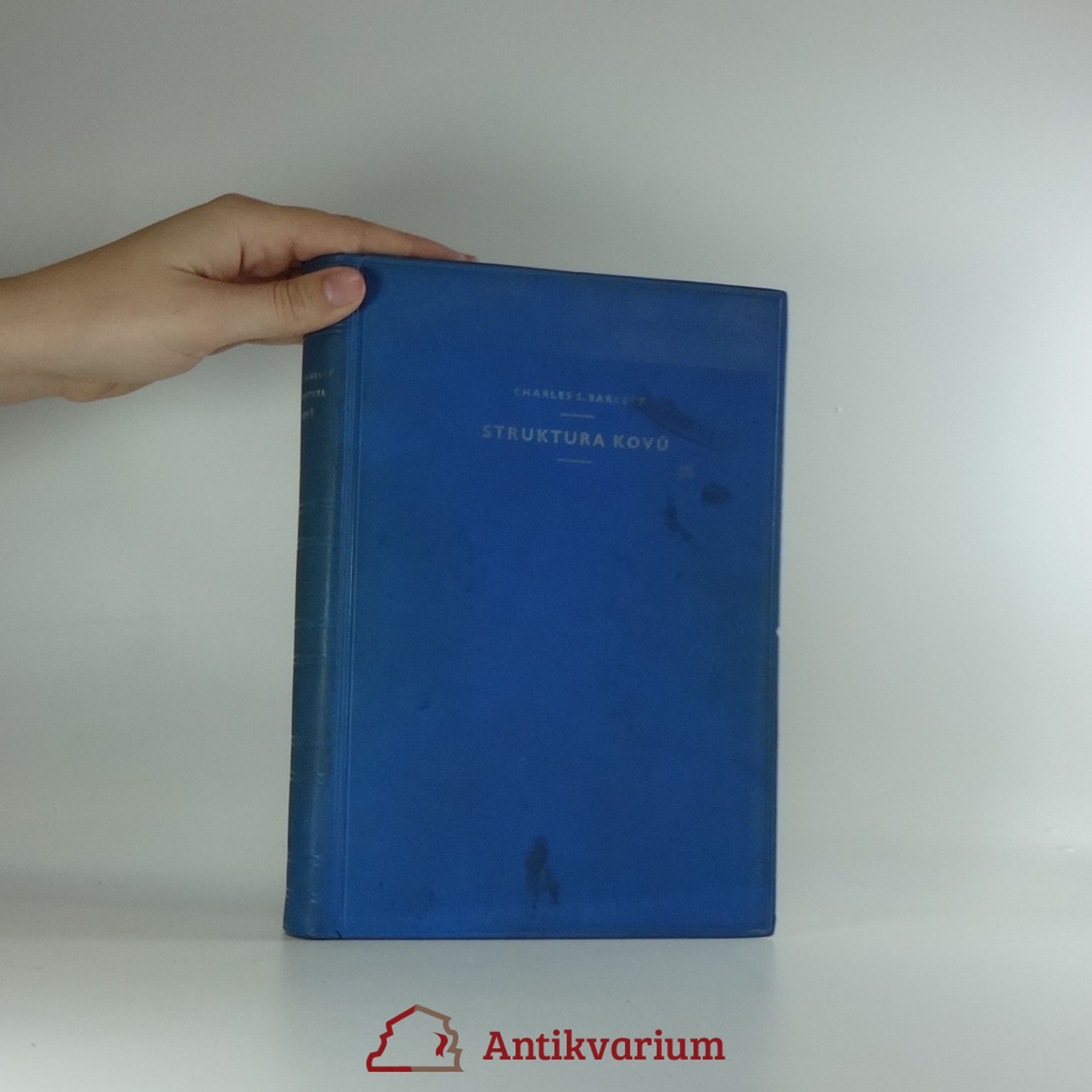Charles S. Barrett Knihy
Charles Barrett byl průkopníkem v oblasti rentgenové metalurgie, který významně přispěl k využití rentgenové difrakční analýzy pro charakterizaci kovů a slitin na atomární úrovni. Vyvinul také topografickou metodu pro hodnocení kovů, známou dnes jako Berg-Barrettova metoda, a je autorem klasické knihy o rentgenové difrakci a metalografii s názvem „Structure of Metals“. Svou kariéru zahájil v roce 1928, kdy nastoupil do oddělení metalurgie v americké Naval Research Laboratory. Během své kariéry přispěl svými talenty institucím, jako je Carnegie Institute of Technology, University of Chicago, University of Denver, University of Birmingham a Oxford University.
